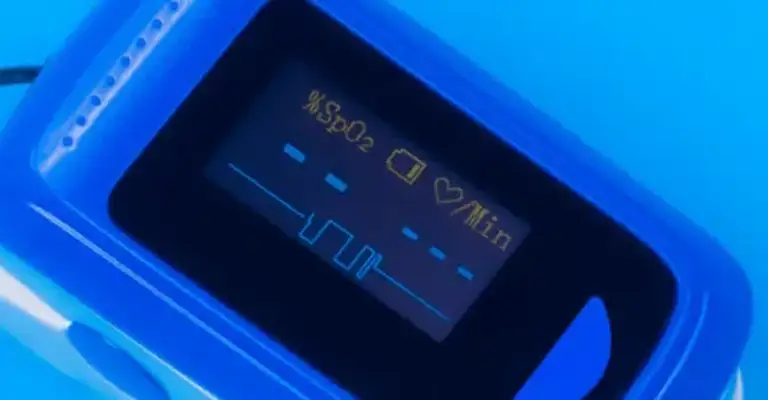COVID Oximetry @home
Frimley Health and Care ICS – a partnership of local health and care organisations – were already working with Graphnet and collaborated to implement the Patient's remote monitoring COVID Oximetry @home solution. The solution has now provided benefits to over 3,000 patients across the Frimley area, demonstrating a reduction in workload for primary care teams and enhanced patient outcomes.
Docobo is a wholly owned subsidiary of Graphnet. Its DOC@HOME solution seamlessly integrates with Graphnet’s Connected Care Shared Care Record, enabling health and care professionals to access patient information from acute trusts, primary and community providers, remote monitoring and ambulance providers. Connected Care and DOC@HOME are being used extensively across the UK.
Sharon Boundy, Associate Director of System Transformation at Frimley Health and Care ICS who heads up the digital team says:
This is an important step in the journey of remote monitoring for us at Frimley ICS- a critical part of our digital health journey, which will allow us to move towards a more integrated and proactive health care.
Unprecedented demand on services due to the COVID pandemic
With an unprecedented demand on services due to the COVID pandemic – as well as workforce and capacity challenges – the digital services team at Frimley Health and Care ICS wanted to explore different ways of working to support COVID patients virtually, keeping them out of hospital where possible and enabling them to be cared for in their own homes. The digital services team at Frimley worked with providers East Berkshire Primary Care Out of Hours (OOH) and Berkshire Primary Care to deploy Oximetry @home across the area.
What is Oximetry @home?
Oximetry @Home enables patients to self-manage their COVID infection by submitting SATs readings on a daily basis to a primary care clinical hub. It is in line with national NHS policy which aims to increase virtual approaches to care, in order to release hospital capacity and is proven to release healthcare professionals’ time and enhance the patient experience.
Oximetry @home for patients with COVID can help detect the condition known as ‘silent hypoxia’, a dangerous condition which can occur when COVID causes oxygen deprivation. Silent hypoxia is often difficult to detect, as patients do not present noticeable breathing difficulties, whereas the use of a pulse oximeter can identify this and enable quick intervention to avoid patient deterioration.
Local providers Berkshire Primary Care and East Berkshire Primary Care OOH were already providing a paper-based Oximetry @home service to support patients, with skilled teams based in a clinical ‘hub’ phoning up patients daily to check in on their oxygen saturation levels (SATs).
Berkshire Primary Care
Berkshire Primary Care have been running pulse oximetry remote monitoring since November 2020 and – at the height of the pandemic were monitoring hundreds of patients each week, much of which was done through phone calls and spreadsheets. Helen Snowden at Berkshire Primary Care explains: ‘The move to the Docobo remote monitoring platform was a game changer with patients being identified through a risk stratification process in Connected Care and then electronically enrolled into a platform that allowed integrated text messaging.’
Once a patient consents to being enrolled in the service, a volunteer from the local Bracknell Charity ‘The Ark’ delivers the pulse oximeter and patient information pack to the patient’s home address on the same day. To date, they have delivered over 1400 devices – which is incredible!’
East Berkshire Primary Care Out of Hours
East Berkshire Primary Care OOH already had a clinical hub in place to support their paper-based Oximetry @home service, so their team could start to use the remote monitoring solution straightaway to support their service. Patients are now enrolled onto the service using Docobo and information from Connected Care. Patients are contacted by the team at EBPC OOH as an initial introduction and to ‘onboard’ them to the service. They are then sent a pulse oximeter in the post by next day delivery for them to use and keep.
John Daniels, COO at East Berkshire Primary Care OOH explains how the project started:
The Docobo remote monitoring team were nothing short of outstanding on everything – from communication to ability to responsiveness!









